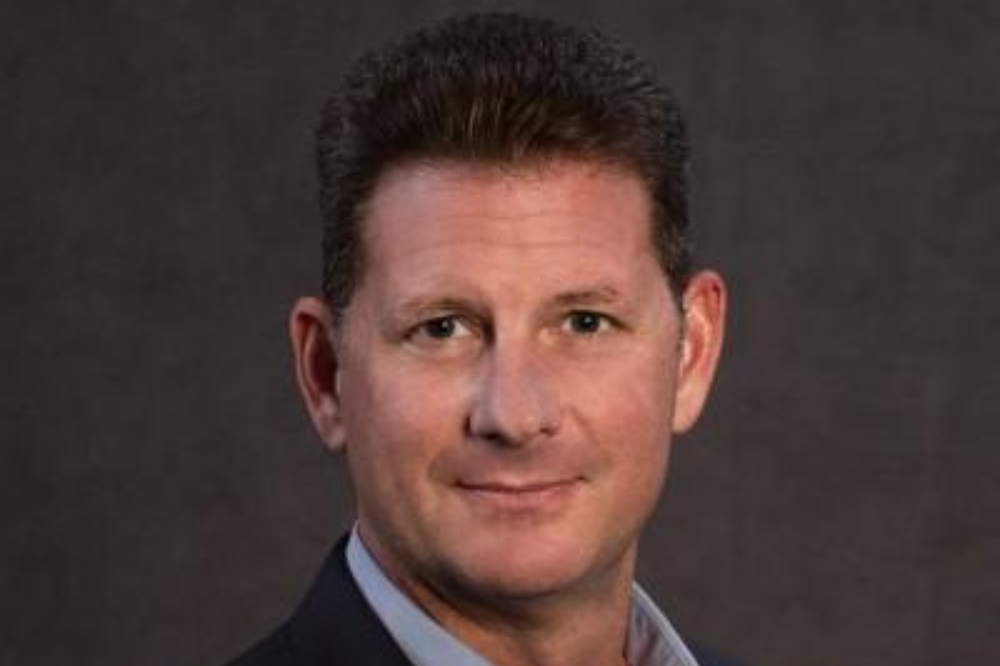Why Amwins CUO is still bullish on the delegated model

Despite these headwinds, Mark Bernacki (pictured), chief underwriting officer and president of the alternative risk team at Amwins, is still bullish on the continued growth of the delegated model.
“We do expect a downward trend in terms of valuations going forward for some of these delegated models, but I’m still super upbeat on the segment,” Bernacki said.
As CUO, Bernacki oversees the underwriting performance of Amwins’ delegated authority business. This includes investments in actuarial capabilities, claims, portfolio management, and underwriting oversight.
“Investors like the segment because it is a high free-cash-flow model and quite scalable, so, while it’ll be depressed compared to prior years, I would argue it’s coming back in line to where the price point should be for some of these assets,” he told Insurance Business.
What factors are influencing the valuations of MGAs and MGUs?
Limited capacity is the first significant factor affecting MGAs and MGUs in the current environment, particularly in the property catastrophe space.
“When you’re looking at a prospectus for an MGA purchase, you usually see this hockey stick curve of growth,” said Bernacki.
“I think that this is going to make investors significantly challenge those growth assumptions as they look forward, which will put downward pressure on multiples as well as the EBITDA [earnings before interest, taxes, depreciation, and amortization] base that they’re using for their valuations.”
Rising interests will also increase the debt cost for MGAs and MGUs. One of the factors that drove valuation higher for these firms was their ability to borrow capital at nearly zero interest, Bernacki said.
But investors may soon seek other, less risky investment opportunities, which would again add downward pressure on pricing.
“If you’re doing a leveraged buyout deal and start paying more than 12 times EBITDA on some of these transactions, it could be negative cash flow in the early years,” Bernacki said.
“That’s something that investors won’t tolerate.”
Finally, the potential of economic recession or slowdown will likely lead to slower MGA growth than the previous years. Still, Bernacki gave several reasons for optimism.
“I think we will still be in an environment where entrepreneurial underwriters are starting to get frustrated with insurance carriers, so talent will continue moving from the carrier to the MGA model,” he said.
While capital and capacity are more challenged, Bernacki noted “an evolution” in how MGA capacity is built, enabled by the number of hybrid fronting markets.
“There’s an excess of 20 of these in the market that can provide the paper and slim balance sheet risk,” said Bernacki.
“It’s helped get reinsurance capacity into delegated segments and absorb some of the capacity challenges.”
With the delegated model maturing significantly over the past decade, capital and capacity providers are now looking to MGAs and MGUs to assume niche underwriting and specialty segments, the CUO said.
‘Soft market’ for P&C not in the horizon
Speaking to Insurance Business about his predictions for the insurance industry this year, Bernacki also highlighted the ongoing hard market in property cat.
Double-digit rate increases year on year for the past several years have been challenging for insureds, particularly amid shrinking capacity.
“It’s not going to be hard market forever. But my personal view is that we’re not moving into a soft market anytime soon,” Bernacki said.
“From an underwriting perspective, every year, we need to expect one ‘unexpected’ event at least per season just to kind of keep pace with what we’re seeing,” he said.
“I don’t see any signs of softening in the P&C market in the next 12-to-18-month period.
“It will be in a state of hardening or, at best, flat for the foreseeable future.”
Despite this, brokers will be able to weather the difficulties with some extra diligence and a dash of creativity. Bernacki encouraged brokers to “scour the entire market to find capital or capacity,” or seek alternative risk transfer methods such as parametric insurance.
“I think being very open minded and creative in creating solutions for clients will be the most important thing for brokers,” he said.
“My second piece of advice is to be resilient and picking up rocks to look for capacity, because especially in some of the larger risk segments, it will take multiple carriers to adequately fill out insurance needs in this marketplace.”
Do you have any thoughts about this story? Share them in the comments section.





